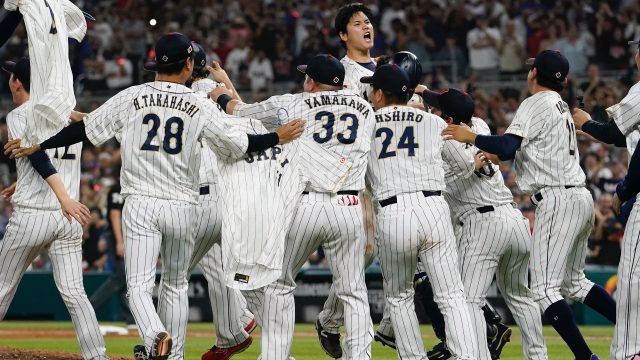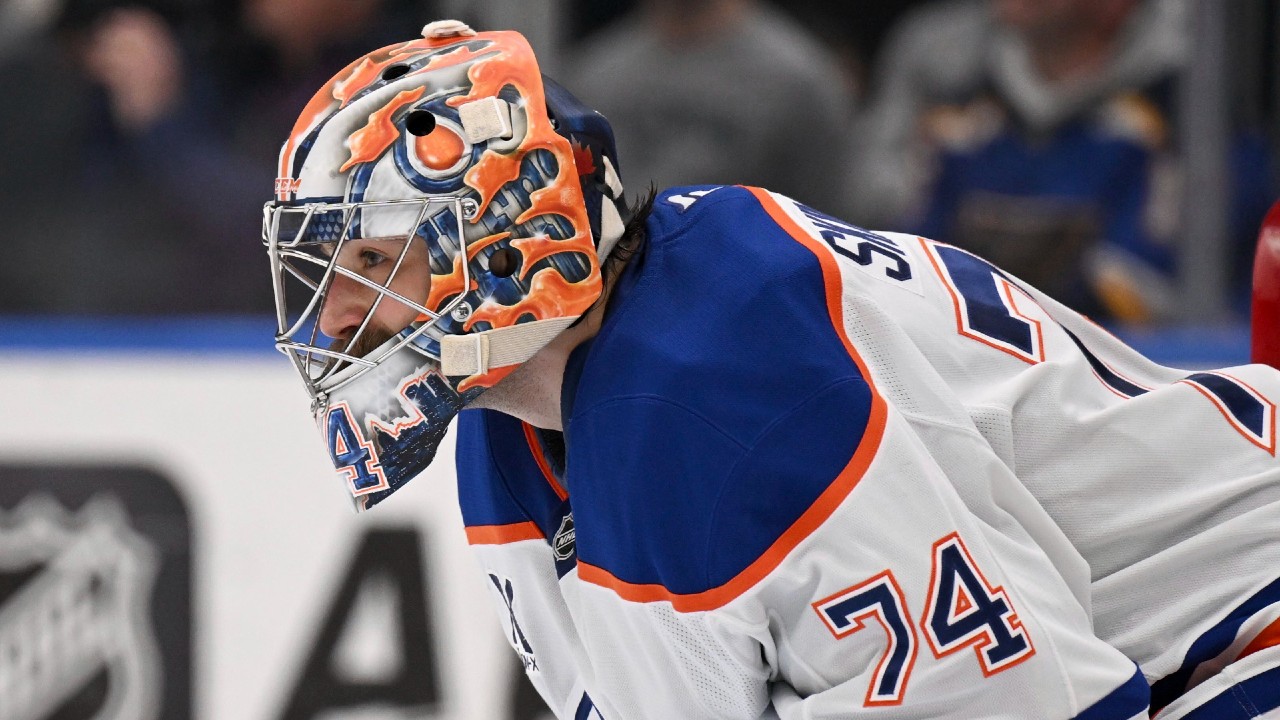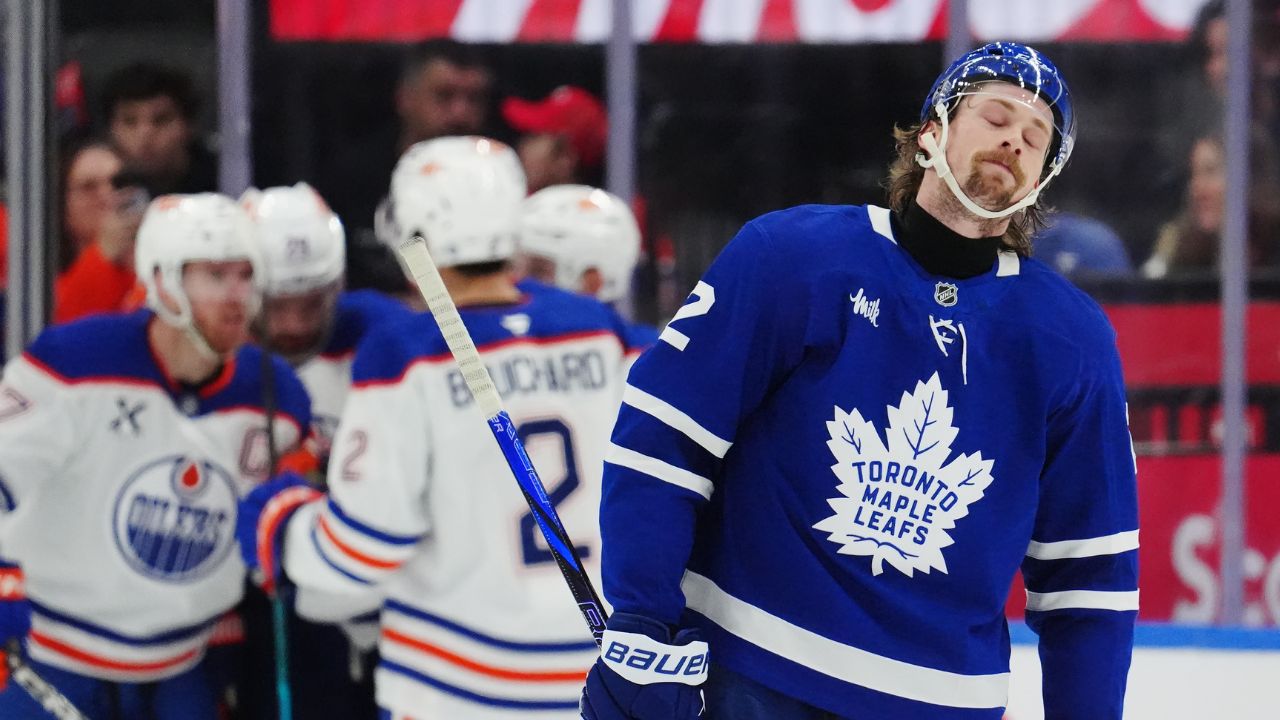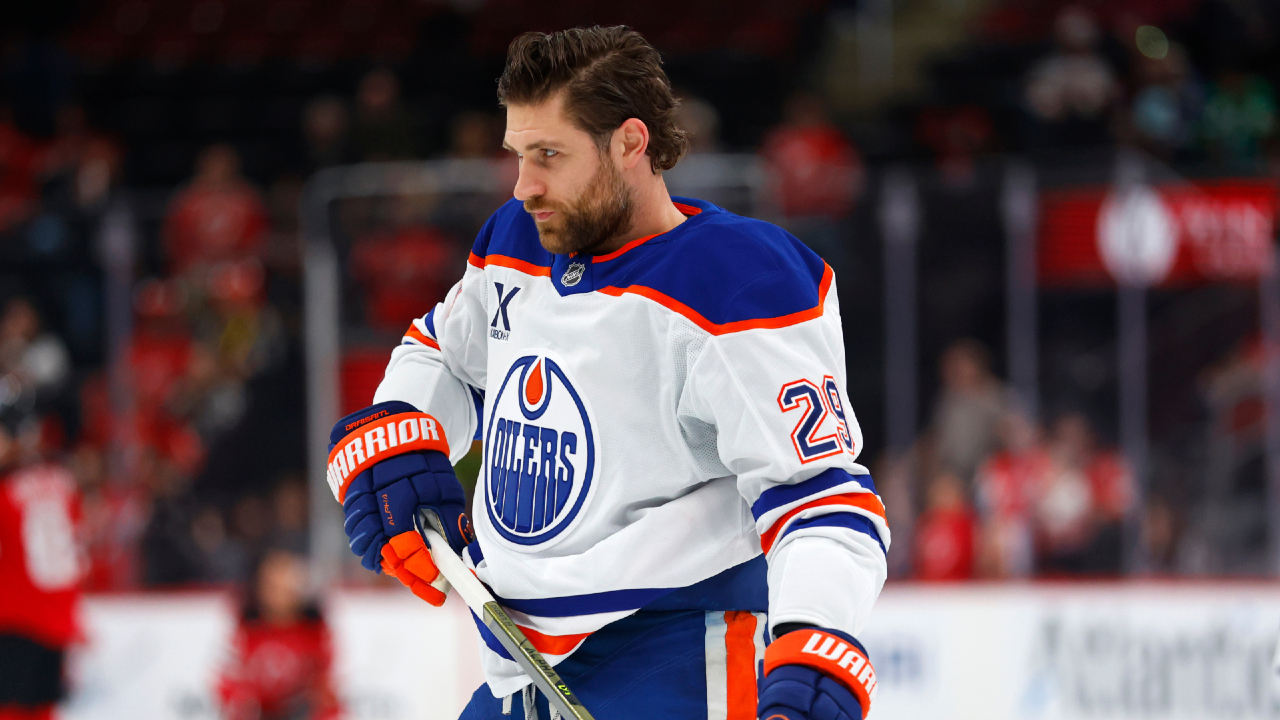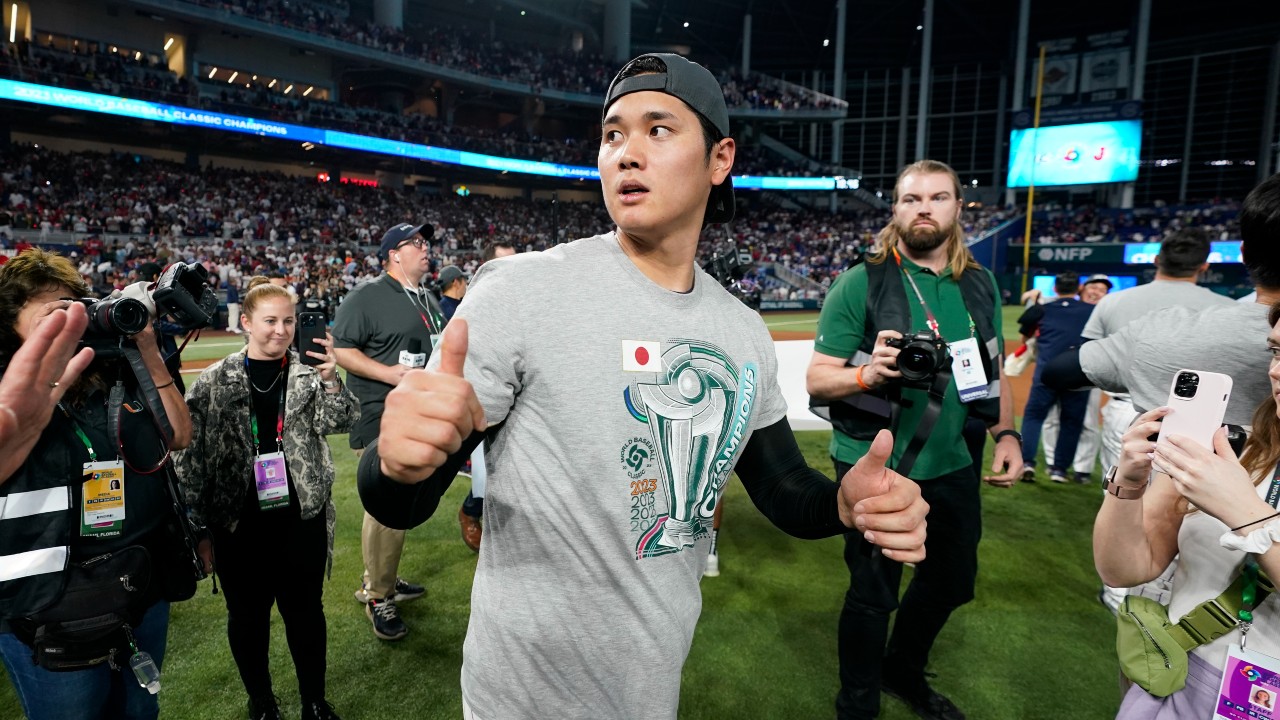
TORONTO – Seriously, how awesome was that?
Even before the dream final pitting Japan against the United States and the dream ending of Shohei Ohtani versus Mike Trout with two out in the bottom of the ninth, this was already the best World Baseball Classic ever.
High drama at nearly every turn. Pandemonium in the stands. Passion and patriotism from many of the sport’s best players. Epic moments like Trea Turner’s eighth-inning grand slam against Venezuela. Like Mexico’s three-run rally in the seventh inning to best Puerto Rico. And like Munetaka Murakami’s two-run, walk-off double to carry Japan past Mexico.
Then, as if all that wasn’t good enough, came the two best players of this generation, Los Angeles Angels teammates, squaring off for the title, Ohtani throwing two challenge fastballs at 100 m.p.h. down the heart of the plate before pulling a string to get a third swinging strike from Trout, in as classic a confrontation as any sport can generate.
Truly awesome, underlining that in spite of its problems, the fifth edition of the World Baseball Classic was the clearest demonstration yet of just how spectacular the tournament can be. As United States manager Mark DeRosa put it in describing the event’s impact on his players, “this is kind of where it’s at. It just is.”
Very much so, and commissioner Rob Manfred didn’t need the ecstasy-agony juxtaposition of Ohtani and Trout to emphatically tell a group of reporters in Miami before the final that the WBC will “100 per cent” return in 2026.
The 2023 edition had already earned at least that, if not more.
Maybe, though, the series of memorable games in the elimination rounds capped by Ohtani-Troit helps further sway the tournament’s many opponents, including some within Manfred’s orbit, into not just grudgingly accepting the event’s existence, but also actively supporting it.
Now, Major-League-Baseball-centric myopia is a prime reason for the ongoing opposition, as best-on-best international play is still relatively foreign to the sport. And some executives, uncomfortable handing their players over to national teams, may be understandably worried about their job security and their club’s chances being impacted by an injury at the event.
Billy Eppler and the New York Mets, for instance, could very well feel hard done by over the season-ending knee injury closer Edwin Diaz suffered celebrating Puerto Rico’s quarterfinal-berth-clinching win over the Dominican Republic. Or Dana Brown and the Houston Astros with Jose Altuve needing surgery after his right thumb was broken by a Daniel Bard pitch in the quarters.
But players get hurt in spring training all the time – Toronto Blue Jays star Vladimir Guerrero Jr. withdrew from the Dominican Republic roster days before the event after tweaking his knee – and cold comfort it may be for the Mets and Astros, there’s a greater good to consider.
An increase in player buy-in, possibly fuelled by the Americans’ title run in 2017, helped make this the deepest overall field of talent for a World Baseball Classic, which showed in the calibre of play. Trout, who passed up previous opportunities, signed up this time because he felt like he missed out watching the United States win and said this about his experience:
Ohtani, like Trout starved for games of meaning after years of futility with the Angels, reflected on winning the Classic and winning MVP honours by saying, “I believe this is the best moment in my life.”
Those comments should further reinforce to players who took a pass that they missed out on a tremendous baseball experience, perhaps motivating them to play in the next one. Deeper rosters lead to a better product, which improves audience engagement, perhaps creating more fans for a sport that needs them.
In turn, that fuels the growth potential in non-traditional baseball countries, too.
Consider Great Britain, for example, which expected to have a happy-to-here vibe about them after qualifying for the Classic for the first time, but played well enough to put scares into the U.S., Mexico and Canada while rallying past Colombia for a 7-5 win that secured their spot in ’26 while relegating the South Americans.
Manager Drew Spencer described that victory as a springboard moment Brits “can use as inspiration to come out and play the game and to believe that someone with (Great Britain) on the front of their chest can be successful, not only in competitions like this, but they can achieve all their aspirations. … Soon we’ll see somebody in the major-leagues because of this moment, in my opinion.”
Or take Ondrej Satoria, the slop-tossing Czech Republic electrician-by-day, pitcher-by-night who struck out Ohtani during pool play. Perhaps it’s just a fleeting moment, but the Czechs finished fourth in Pool B at 1-3 to book their place in the next Classic and maybe a few kids there are inspired to play baseball as a result.
If the holistic outlook doesn’t do it for you, then strip it down to the past couple of weeks of action. Think of Randy Arozarena leaping over the wall to pull back a homer and striking a pose upon landing. Of Chavez Young engaging with fans in the outfield in between pitches. Of the Puerto Ricans dyeing their hair blond in a show of unity with their countrymen. Of Italian outfielder Sal Frelick and third base coach Chris Denorfia drinking from an espresso machine in the dugout. Of Turner pumping homer after homer. Of Latin American fans turning Miami’s LoanDepot Park into a giant party. Of Ohtani tossing his glove in the air and roaring in delight.
Yes, the World Baseball Classic is flawed, awkwardly timed and not everything it could be in a perfect world. But perfect needn’t be the enemy of great, which is what this tournament was.
For a mid-March offering of elite teams and high stakes, what’s not to like?
So bring on the 2026 World Baseball Classic. The 2023 edition is missed already.



